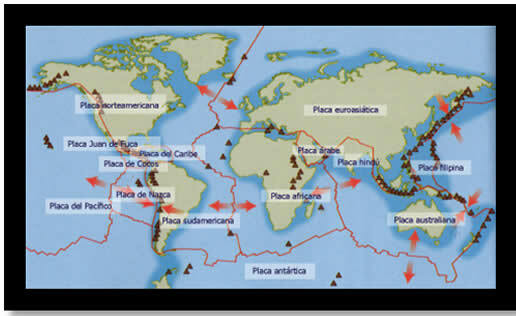THE fossilization is a process that lasts thousands of years and leads to the formation of fossil artifacts through action of chemical, physical and biological agents, preventing the total decomposition of organic remains of beings alive. A fossil is any trace left by some animal remains that lived in the past, be it a tooth, a bone or even the leaf of a tree or the mark of a footprint.
This process is considered to be rare, as it takes a combination of very unlikely factors for it to occur. However, there are numerous species of animals now extinct that have been found in the form of fossils.
How does fossilization happen?
THE fossilization it is directly linked to soil sedimentation, so it is only possible to find fossils in sedimentary rocks. It works like this: when a species dies, its body undergoes a process of decomposition caused by the action of fungi and bacteria. After this stage, the body can be transported and buried by a layer of sediment, which settles down by the action of water or wind.
Do not stop now... There's more after the advertising ;)
This layer of sediment solidifies and gives rise to a process called diagenesis, which consists of the compaction and cementation of sediments until they are transformed into sedimentary rocks. By forming the rocks with the remains of organisms inside them, the fossilization process is consolidated.
What are the factors and conditions necessary for the formation of a fossil?
a) the covering of the organism by the layer of sediments must be rapid, before the microorganisms completely decompose the body;
b) the sediments that form the upper layer of fossils must be thin and, therefore, less susceptible to erosive processes;
c) the soil temperature must be low and with little oxygen to hinder the permanence of decomposing microorganisms.
Studying the mysteries surrounding fossils is extremely important to understand the biological past of Earth, as well as the processes that caused the extinction of species and the evolution and emergence of so many others.
By Rodolfo Alves Pena
Graduated in Geography
Would you like to reference this text in a school or academic work? Look:
PENA, Rodolfo F. Alves. "Fossilization"; Brazil School. Available in: https://brasilescola.uol.com.br/geografia/fossilizacao.htm. Accessed on June 28, 2021.



